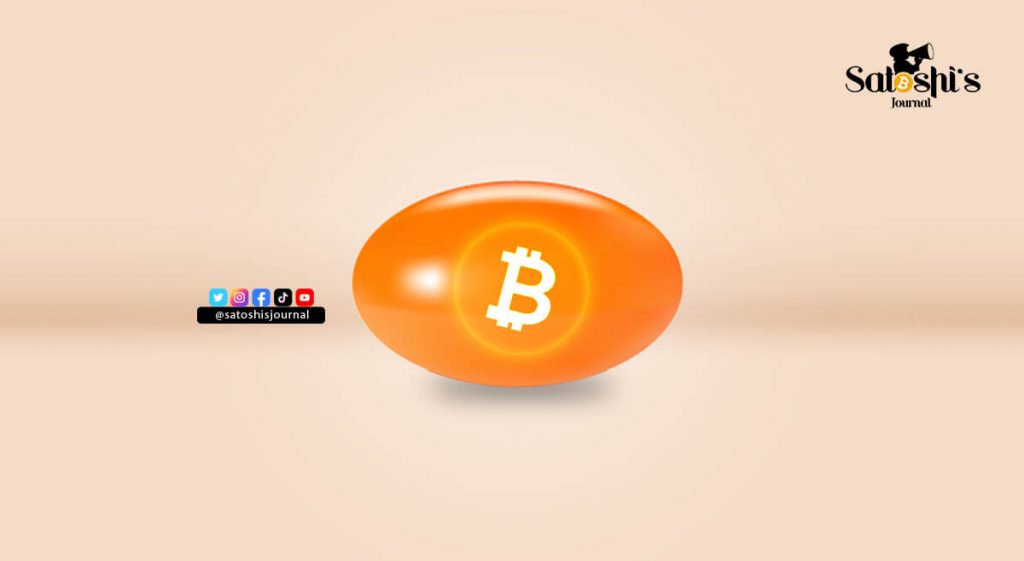My journey to financial freedom started in 2017. I was in high school trying to figure out the common ways people built wealth when they didn’t come from a home that didn’t have it—reading up on the likes of Peter Lynch and Charlie Munger. I quickly realized that trading wasn’t an area I wished to go for as an investor.
I ventured to invest in a more specific long-term approach that requires patience and only moving your money after a long research period. Looking into the best assets to place my money in, Bitcoin was prominent in mainstream media as it went up to 250,00 rand, equivalent to $20,000 at the time. I was intrigued but didn’t take it seriously, mainly due to having the mindset of just sticking to what assets performed well historically, not knowing how much of a role low-interest rates played for real estate and equities.
Fast forward to 2020, when I believe the masses saw the fiat system unsustainable and started stacking at that time, along with other cryptos. By early around 2021, the wallet I was using got hacked, and I would say that was where I took stacking seriously and looked to understand if the hacking was my fault. Oddly enough, I would say that devastating event led me to be orange pilled, understanding the term “Not your keys, not your coin” from first-hand experience. I’m just trying to engage more with the Twitter community and educate myself more about this technology’s technical side. Being the best performing asset in the last decade and the deflationary implications is something I came to grasp; now it’s down to learning how it obeys the laws of physics.
This is a guest post by FirstLastSir. You can follow him on Twitter @FirstLastSir. Opinions expressed are entirely their own and do not necessarily reflect those of Satoshi’s Journal or Satoshi’s Entertainment Company.

